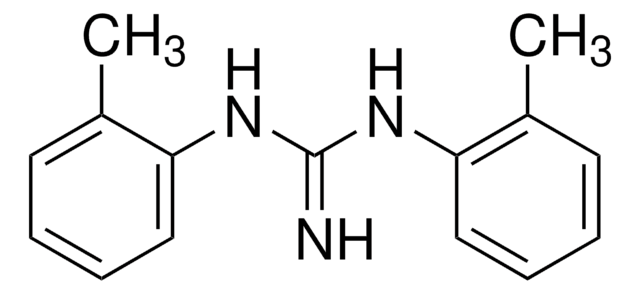230693
Zirconium(IV) oxide
powder, 5 μm, 99% trace metals basis
Sinónimos:
Zirconia
About This Item
Productos recomendados
Nivel de calidad
Análisis
99% trace metals basis
formulario
powder
idoneidad de la reacción
reagent type: catalyst
core: zirconium
tamaño de partícula
5 μm
bp
5000 °C (lit.)
mp
2700 °C (lit.)
densidad
5.89 g/mL at 25 °C (lit.)
aplicaciones
battery manufacturing
cadena SMILES
O=[Zr]=O
InChI
1S/2O.Zr
Clave InChI
MCMNRKCIXSYSNV-UHFFFAOYSA-N
¿Está buscando productos similares? Visita Guía de comparación de productos
Descripción general
Aplicación
Código de clase de almacenamiento
13 - Non Combustible Solids
Clase de riesgo para el agua (WGK)
nwg
Punto de inflamabilidad (°F)
Not applicable
Punto de inflamabilidad (°C)
Not applicable
Equipo de protección personal
dust mask type N95 (US), Eyeshields, Gloves
Elija entre una de las versiones más recientes:
¿Ya tiene este producto?
Encuentre la documentación para los productos que ha comprado recientemente en la Biblioteca de documentos.
Artículos
Innovation in dental restorative materials is driven by the need for biocompatible and natural-appearing restoration alternatives. Conventional dental materials like amalgam and composite resins have inherent disadvantages.
Nuestro equipo de científicos tiene experiencia en todas las áreas de investigación: Ciencias de la vida, Ciencia de los materiales, Síntesis química, Cromatografía, Analítica y muchas otras.
Póngase en contacto con el Servicio técnico




